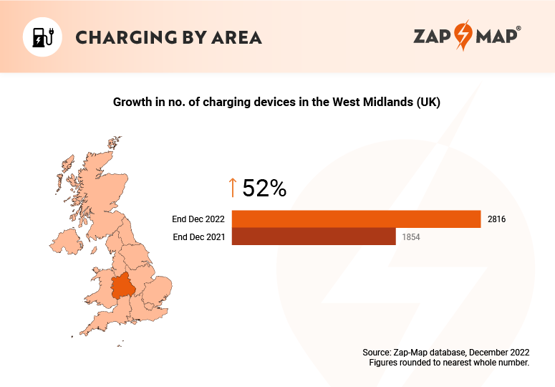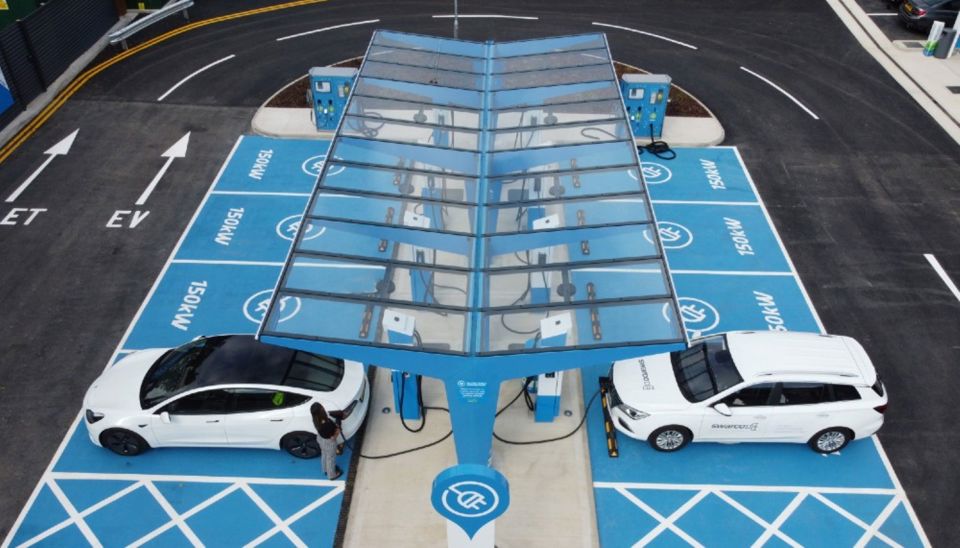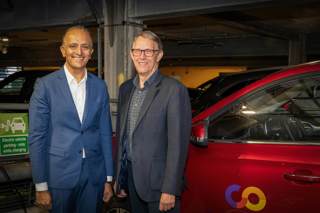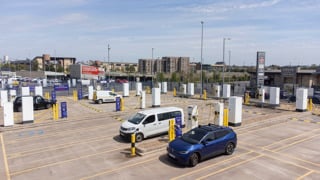The UK’s electric vehicle (EV) charging network gained 106 high-speed charging hubs in 2022, representing an increase of 80%.
There are now 295 locations in the UK with four or more high-speed charging points.
As of the end of December, data from Zap-Map shows that the number of ultra-rapid charge points grew almost 80% in 2022. These high-speed devices – which cater to drivers travelling long journeys and looking to charge as quickly as possible – increased from 1,290 at the end of 2021 to 2,295.

Zap-Map Co-founder & COO Melanie Shufflebotham said: “Over the next few years, the UK will need a mix of charging solutions to suit a wide variety of use cases.
“Focusing solely on the number of charging devices masks the different types of charging available, what they’re useful for, and which ones are needed where.”
One of these key areas is the provision of on-street charging infrastructure. Found on residential streets, these devices tend to be either slow or fast chargers and provide an alternative to charging at home.
2022 saw significant growth in this area, with the number of on-street charging devices increasing by 36% – up from 8,842 devices at the end of 2021 to 12,009 devices by the end of December.

While London and the South East retain the top spots in terms of the highest number of charging points, 2022 saw thousands of chargers installed up and down the UK.
Indeed, the area that saw the most significant rate of growth last year was the West Midlands. The total number of chargers in the region grew by 52% over the course of the year, increasing from 1,854 devices to 2,816.
Of these 2,816 chargers in the West Midlands, 223 were ultra-rapid devices, with 419 rapid, 1,789 fast, and 385 slow devices at the end of December.
Wales also saw significant growth, with 1,039 devices operational at the end of 2021, and 1,473 by the end of December – an increase of 42%.
Despite this, Greater London saw the highest overall number of devices installed in 2022, increasing from 9,160 devices at the end of 2021 to 11559 at the end of December – an increase of 26%.
Zap-Map's annual survey revealed that among those EV drivers who also have a petrol or diesel vehicle, electric is chosen for the vast majority of journeys.
> Interested in comparing electric vehicle data? Check out our EV tool.
> Interested in ensuring the efficient use of EVs. Check out our dedicated editorial sections: Insight & policy | EV news | Charging & infrastructure | Costs & incentives | Benefit-in-kind | EV case studies | EV road tests




















Login to comment
Comments
No comments have been made yet.